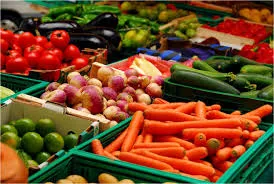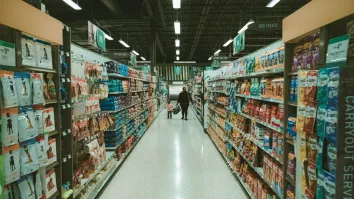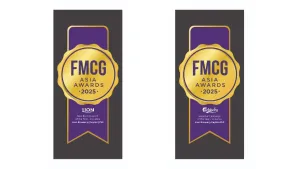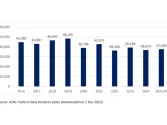
Climate and politics make food markets volatile: FAO
Weather conditions in various countries and political tensions in the Black Sea region have made food markets more volatile, said the FAO.
In its first major forecast for 2014, the United Nations Food and Agriculture Organisation (FAO) noted a fall of 2.4% in global cereal production from the 2013 record, even though global output is still expected to be the second largest ever. The FAO put global cereal production at 2,458 million tonnes (including milled rice), and said the decline is likely to be more pronounced for coarse grains.
Inventory levels remain fairly good, according to the biannual FAO Outlook which provides information on the short-term market situation and outlook for major foodstuffs.
Meanwhile, lower pricing and El Niño weather conditions may keep world rice production lower in 2014, especially in Asia, according to the FAO.
In Thailand, a softening of producer prices could be the main factor leading to a contraction in rice planting and production. “While production may be lower, international trade could expand to record levels in 2014, sustained by ample supplies in exporting countries and increased purchases by traditional importers like Bangladesh, Indonesia and the Philippines.”
Meat and dairy
The FAO projected meat and milk production to grow in 2014, with global meat production expected to grow modestly to 311.8 million tonnes, an increase of 1.1% over 2013. Developing countries are mainly behind the rising global demand.
Milk trade is forecast to rise 1.8%, reaching 69 million tonnes, and driven primarily by increasing demand from Asia.
Fisheries
The economic recovery in traditional markets such as the United States and the European Union is boosting overall demand for fish and fishery products, along with interest from emerging economies like Brazil and Mexico, said the FAO. This demand, coupled with supply shortages for a number of farmed and wild species, has boosted overall price levels.
Once again, weather may come into play as El Niño weather patterns could reduce some catches in South America. The most popular species include salmon, shrimp, pangasius and tilapia from acquaculture, and shrimp, squid, octopus and herring from capture fisheries.



















 Advertise
Advertise





